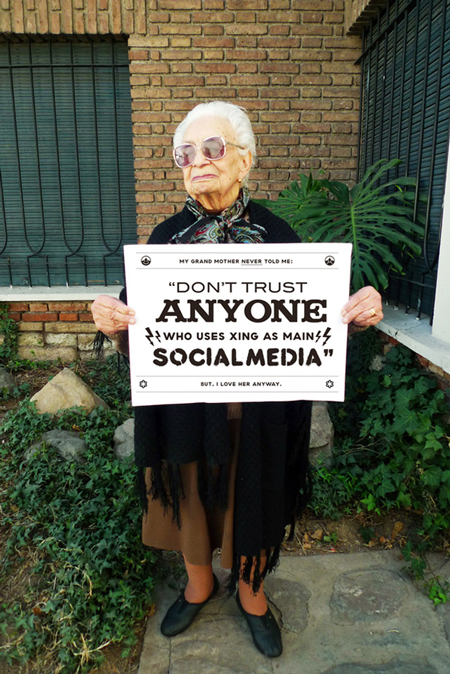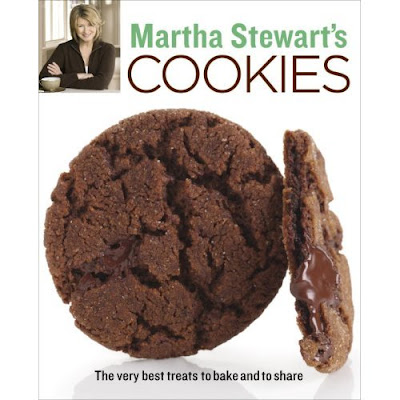When and where should we use certain alignments? (pg. 112)
When deciding your alignment for your design you should consider your theme, readability and legibility. Center alignment should be used selectively as it is the hardest to read. While it can create the most aesthetically pleasing design, sometimes setting a whole body of text can be hard to read. However, small amount of texts such as headlines or smaller paragraphs can be centered. It can make it look sophisticated and elegant. Flush left is generally most common as it is the easiest to read. Flush left is one of the “biggest factors in improved readability.” It is mostly used in body copies whereas flush right should be used “sparingly,” and only when necessary, such as setting a small body of text that is meant to sit close to the edge. It is important to keep in mind readability instead of focusing on the aesthetics. Justified text has a formal feel to it. It is easy to read yet sometimes the spacings of words can become uneven and uncomfortable. Sometimes this can be adjusted but other times it is not always a possibility in our designs.
http://blog.anthonyjones.biz/2009/01/typography-101-alignment/
http://designinstruct.com/tools-basics/the-basics-of-typography/







